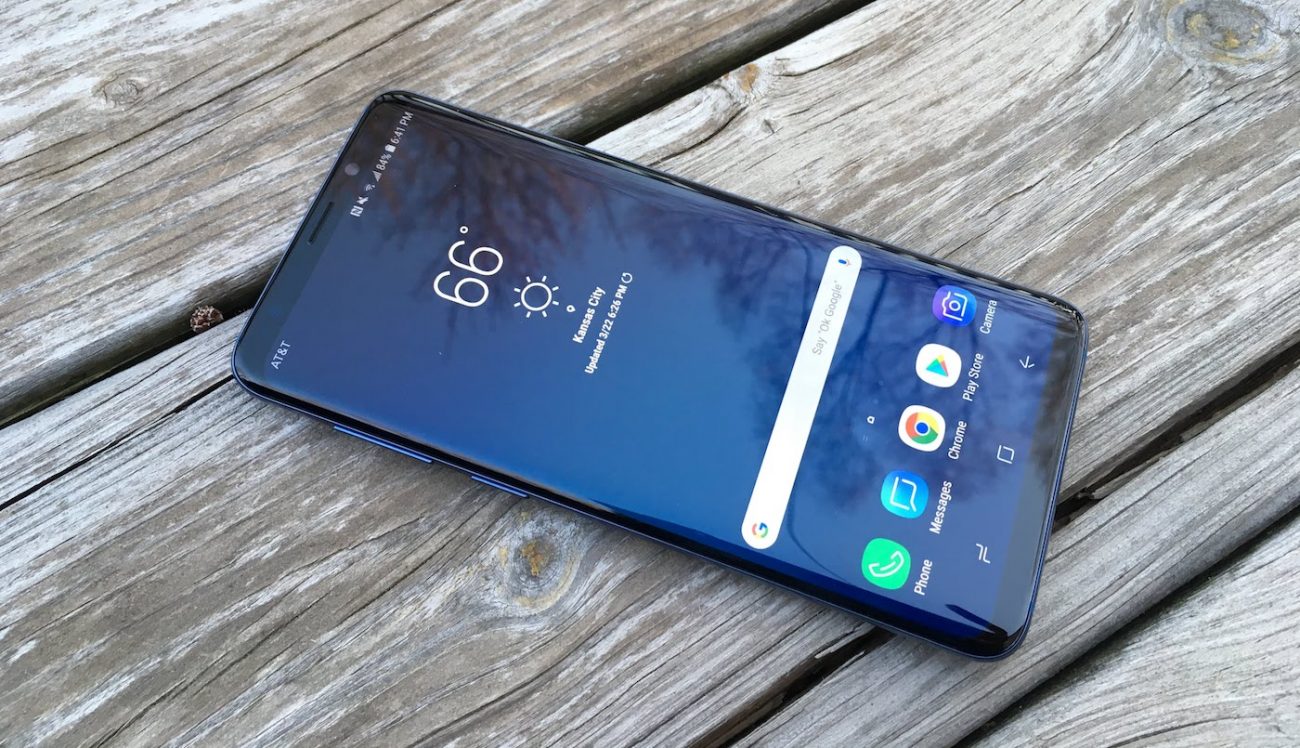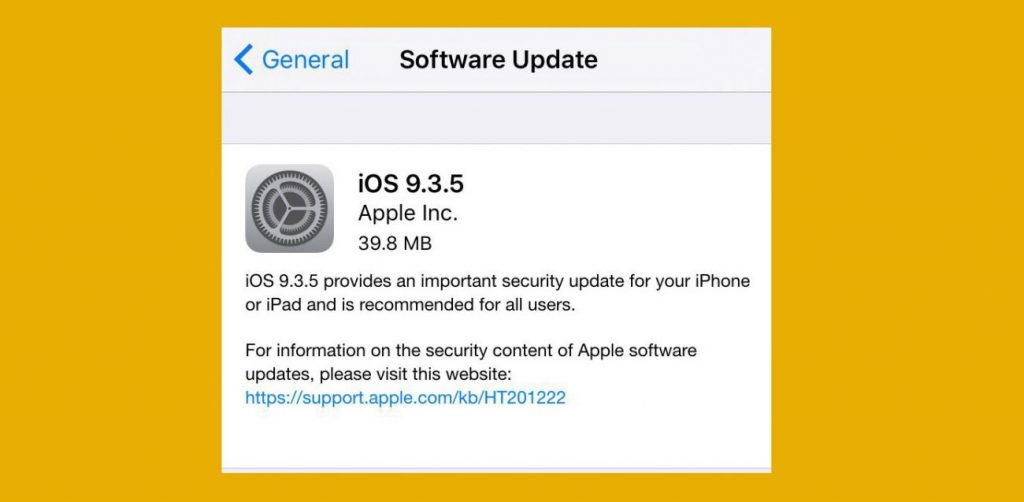If your smartphone is your main camera, the Samsung Galaxy S9+ deserves some serious consideration the next time you’re looking to upgrade.
While using Samsung’s new flagship device for about a week, I was blown away by how much I liked the phone. And, like the S8 before it, I can see how this handset could convert a few iOS users.
The good stuff | The Galaxy S9+ is a slick-looking phone with the best smartphone camera I’ve ever used.
The bad stuff | The S9’s fingerprint reader is poorly placed (still) and the phone itself is too large to hold comfortably.
The Galaxy S9+, which runs Android 8.0 (Oreo), is overall a great smartphone. But for those who purchased an S8 or S8+, it may not be enough of an improvement over the last iteration to warrant upgrading. In many ways, the S8s and S9s are very close to being the same phones.

Disclaimer: The Samsung Galaxy S9+ used for this review was loaned to me by AT&T.
Design
The S9+ has a beautiful 6.2-inch Quad HD+ Super AMOLED edge-to-edge screen. The smaller S9 has a 5.8-inch display of the same type. While the S9’s smaller screen felt slick but comfortable to hold, the S9+ feels overly large and cumbersome at times. The phone is made of a stronger aluminum than its predecessor and it has thicker Gorilla Glass panels, too.
The bezel-less Galaxy S9+ has an 8MP front-facing camera, and call me crazy, but it takes better selfies than the S8 before it. If you’re familiar with the S8 phones, the S9 will feel and look almost identical. There are no tactile buttons on the screen but a pressure sensor easily pulls up Android’s three standard button icons when needed.
Along the bottom of the phone users will find the headphone jack and a USB-C port. The power button is located on the phone’s right side. The volume buttons and a dedicated Bixby button are on the left side. The back side of the S9 houses the main 12MP wide-angle camera, a secondary 12MP telephoto camera, a heart sensor and the phone’s fingerprint reader.
Out of the box, both the S9 and S9+ have 64GB of storage and can be expanded via microSD. The S9+ has a 3,500 mAh battery. The smaller S9 has a 3,000 mAh battery. The Galaxy S9+ has 6GB of RAM for ultimate multitasking while the S9 has 4GB — which is still plenty for most peoples’ needs.
Performance
The U.S. version of the both the S9 and S9+ are sporting Qualcomm’s latest processor (other countries will get Samsung’s Exynos processor). The S9+ I tested was extremely quick and never seemed to lag.
Below you’ll see AnTuTu benchmarks for Apple’s iPhone X, the Huawei Mate 10 Pro, Google’s Pixel 2 XL and AT&T’s Samsung Galaxy Note 8 compared to the Samsung Galaxy S9+ I used for this review.
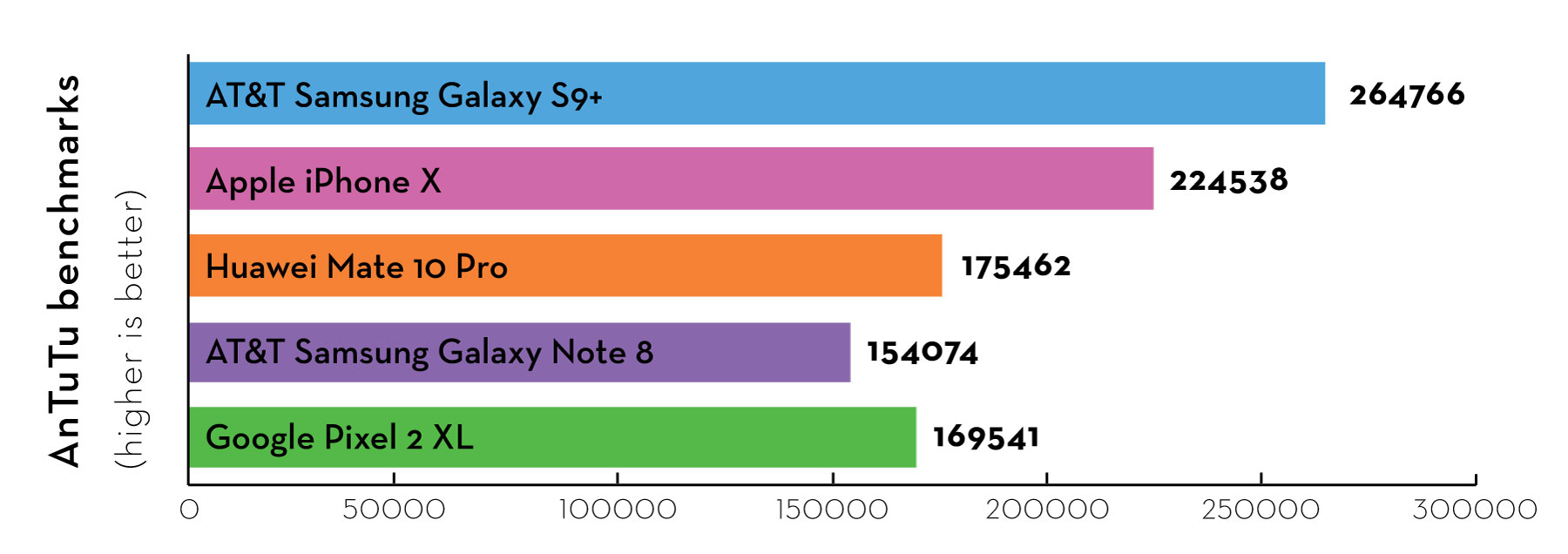
For this benchmark comparison, I wanted to pit the large S9+ against other big phones. And, as you can see, the S9+ did really well.
When I reviewed the S8, I complained about the speed of the phone’s fingerprint reader compounding the already bad placement of the sensor. The S9 may still have that design annoyance but the reader itself appeared to register my fingerprint much faster.
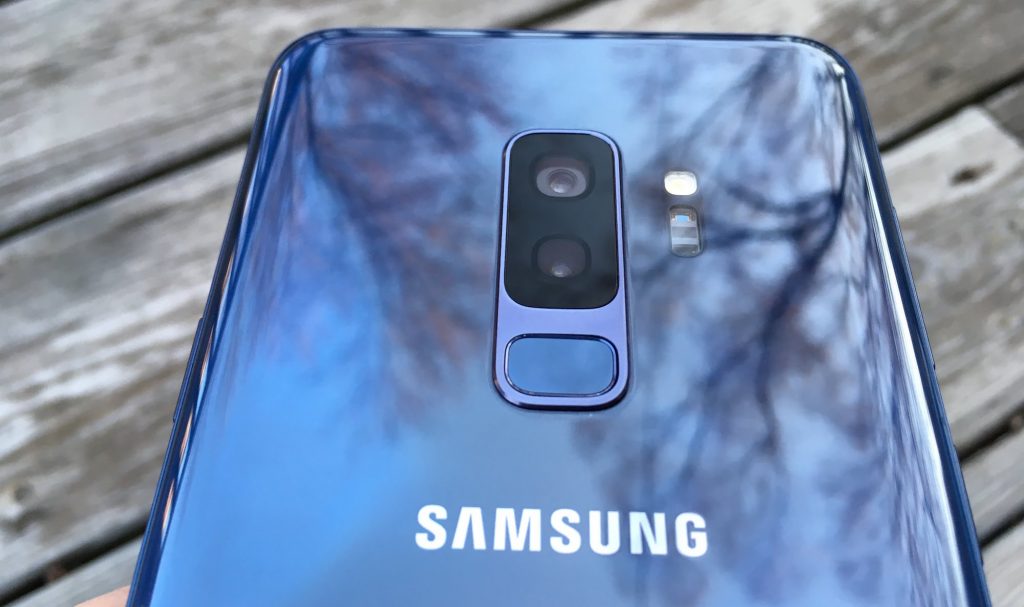
Camera
Last year, I fell head over heals for the Galaxy S8’s camera. This year, I’m falling in love all over again for the dual-camera setup on the S9+.
The older S8 also sported a 12MP camera, but this year’s phone have a greatly improved image sensor and the difference is noticeable. Pay close attention to the low-light sample (below). And prepare to be blown away by the super-slow-mo clip.
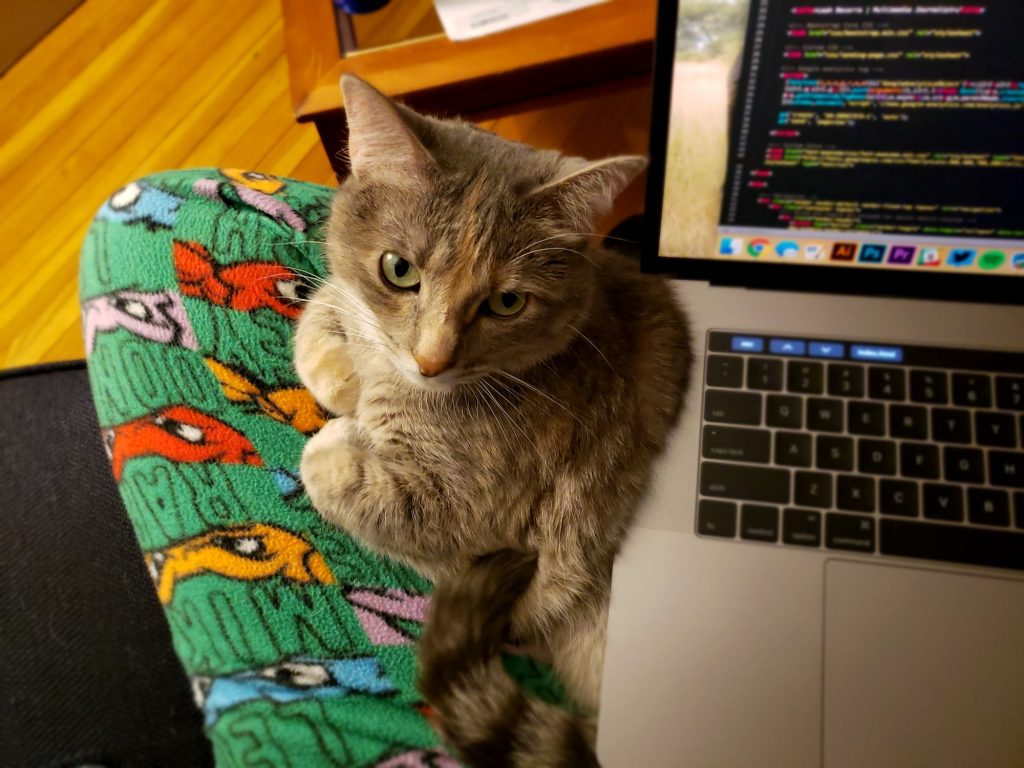
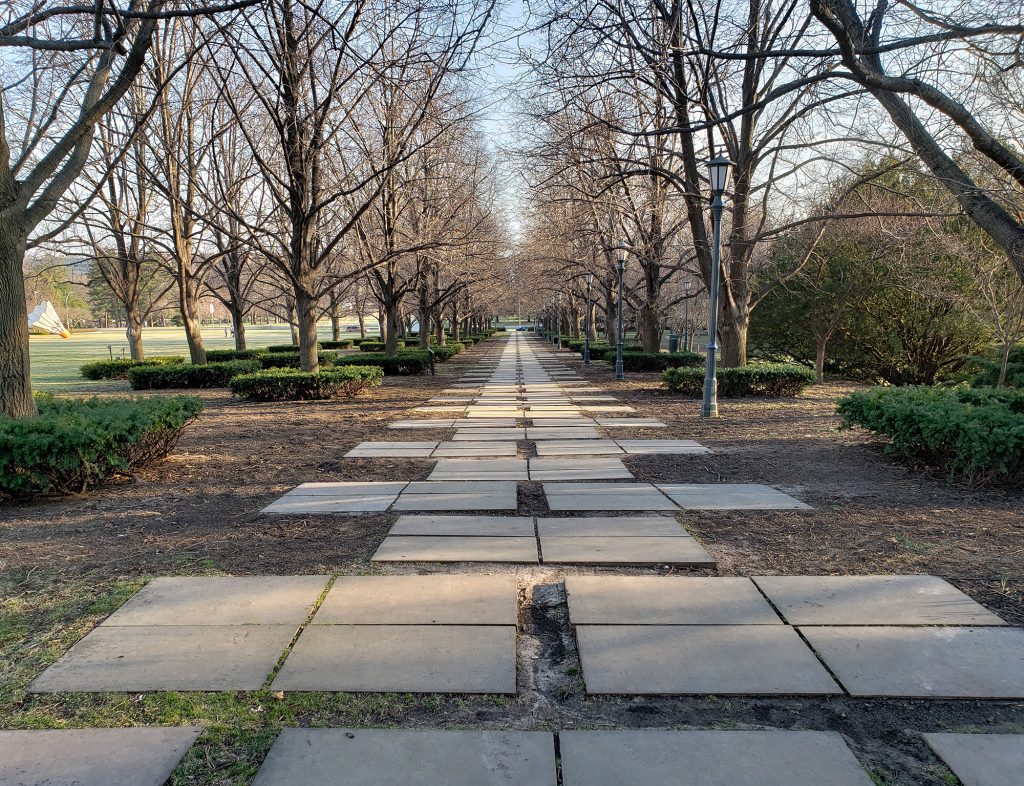

Super Slow-Mo

Macro

Panoramic

Low-light

Selfie

Problems
The S9+ still has a poorly placed fingerprint reader directly below the camera lens on the back of the phone. Which means, again, it’s very easy to place your finger on the camera instead of the sensor.
With the S8, I constantly hit the Bixby button on accident. Sadly, I did the same thing much more often with the S9+. For example, every time I adjusted my hand to squeeze the power button on the right side, I’d automatically place my thumb on the left side directly on top of the Bixby shortcut. And due to the phone’s extra size, it was difficult not to summon the Samsung assistant.

Samsung also tried out a new Animoji feature with the S9 phones. It seems like it would be a competitor to the iPhone X’s Animoji capability, but the two are very different. Samsung’s program scans your face to create a Bitmoji-looking representation of you. My Samsung Animoji looked nothing like me.
Last thing, while I wouldn’t go as far to say battery life is problem, I do think the S9+’s merely average battery life could be an issue for heavy smartphone users. I wasn’t able to take the S9+ on a run with me (it’s too large) to test how it’d hold up on an hour-long run with GPS and Spotify working. But I did shoot lots of photos and video, and just generally turned the screen on a lot. Using those apps, plus the Always-On display, email, twitter and some web browsing, got the smartphone’s battery down to at least 40 to 50 percent power by the time I went to bed.
Recommend to a friend?
If you’re into big phones, yes. If you’re not, maybe look into the S9 (no plus) version of the handset. The camera can still pull off a lot of the same amazing shots with its 12MP camera but it won’t have the secondary telephoto camera.
